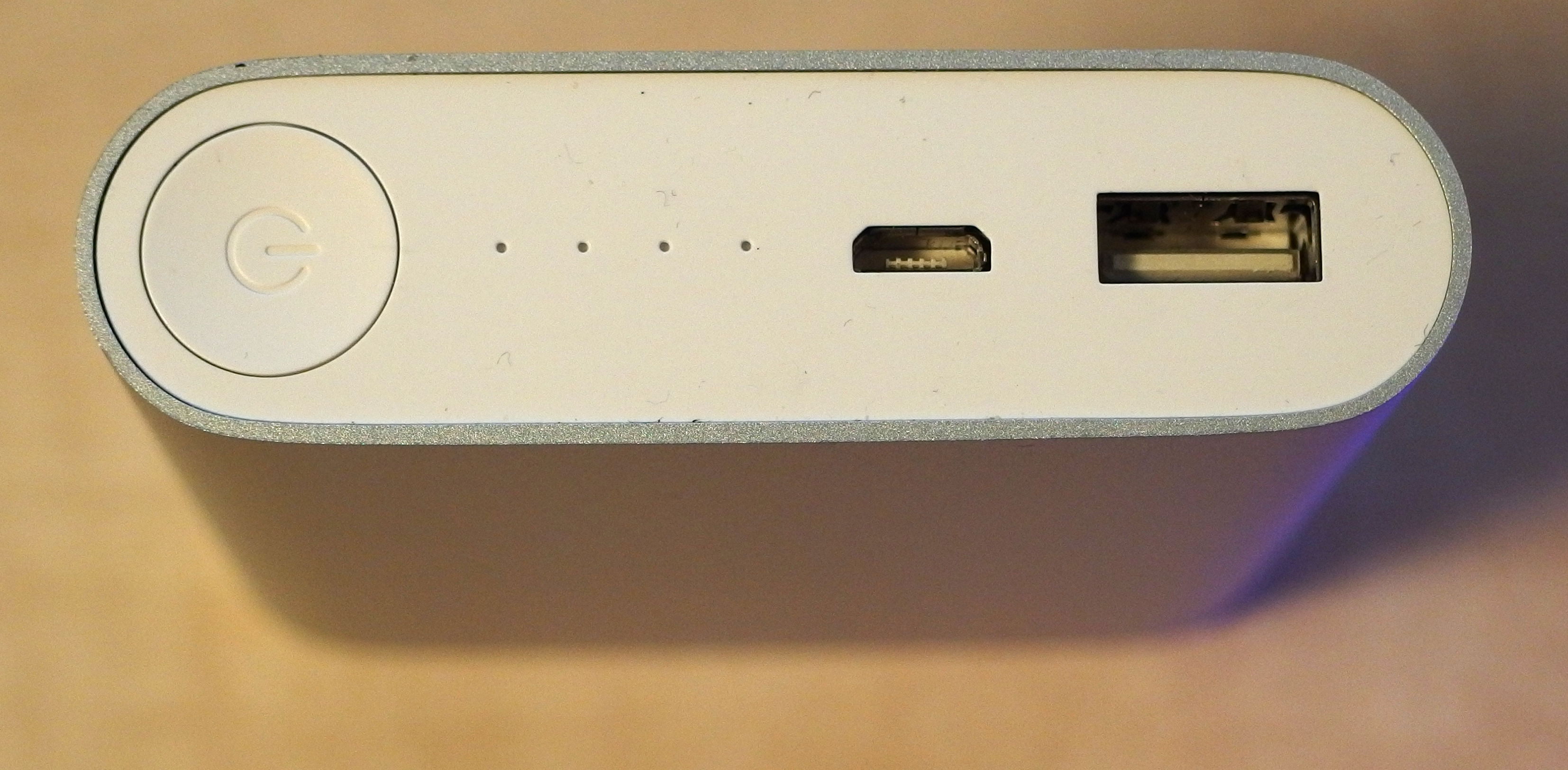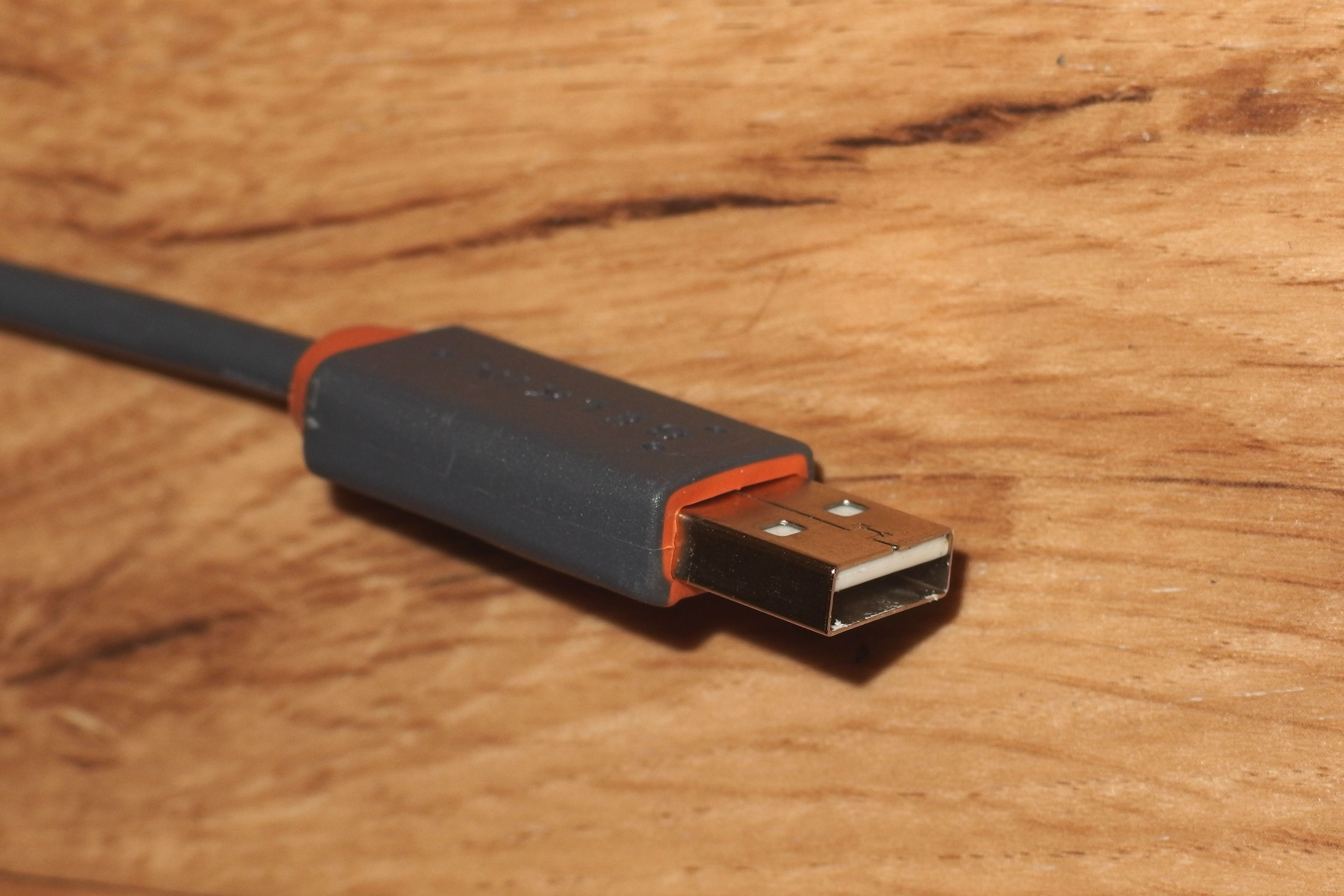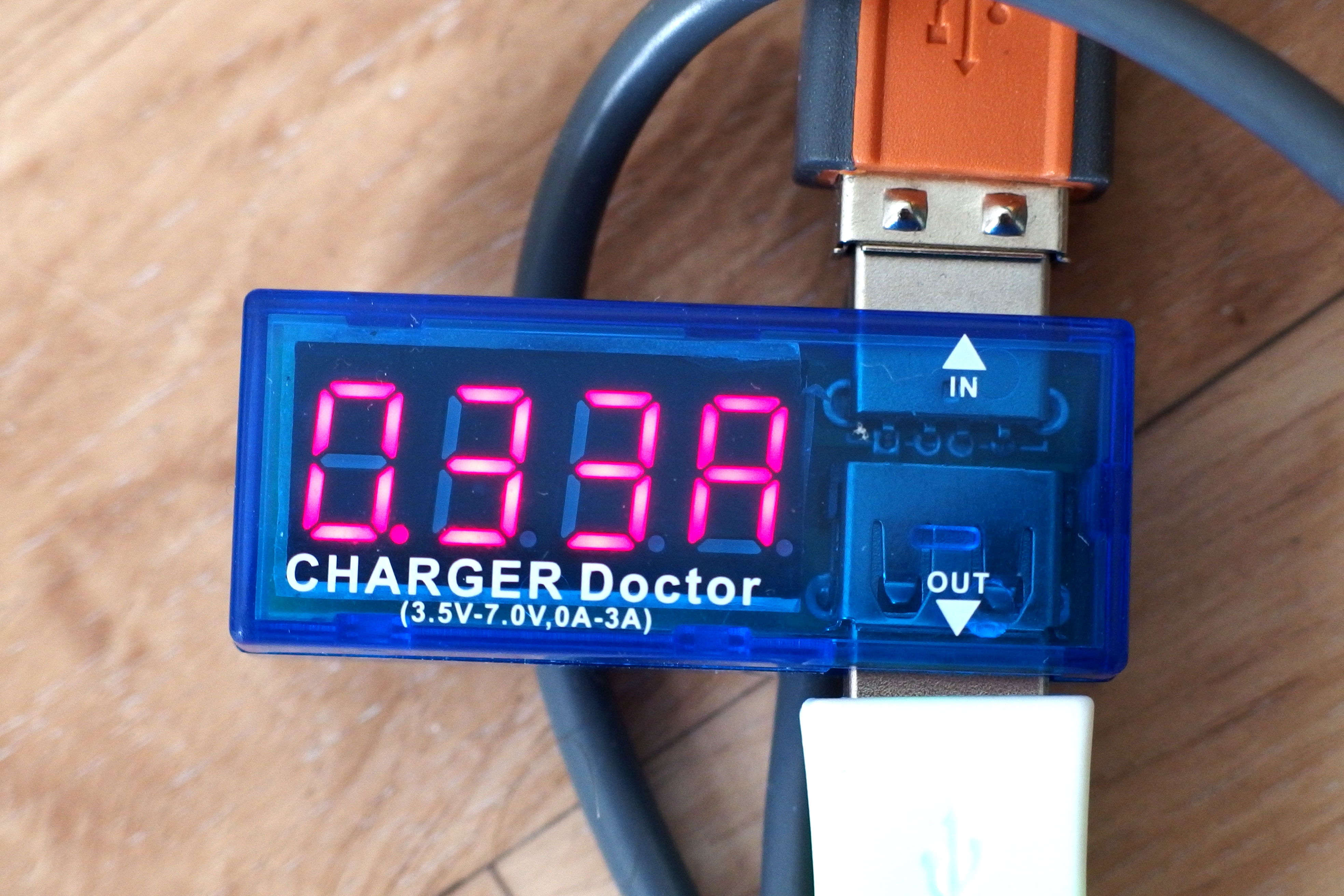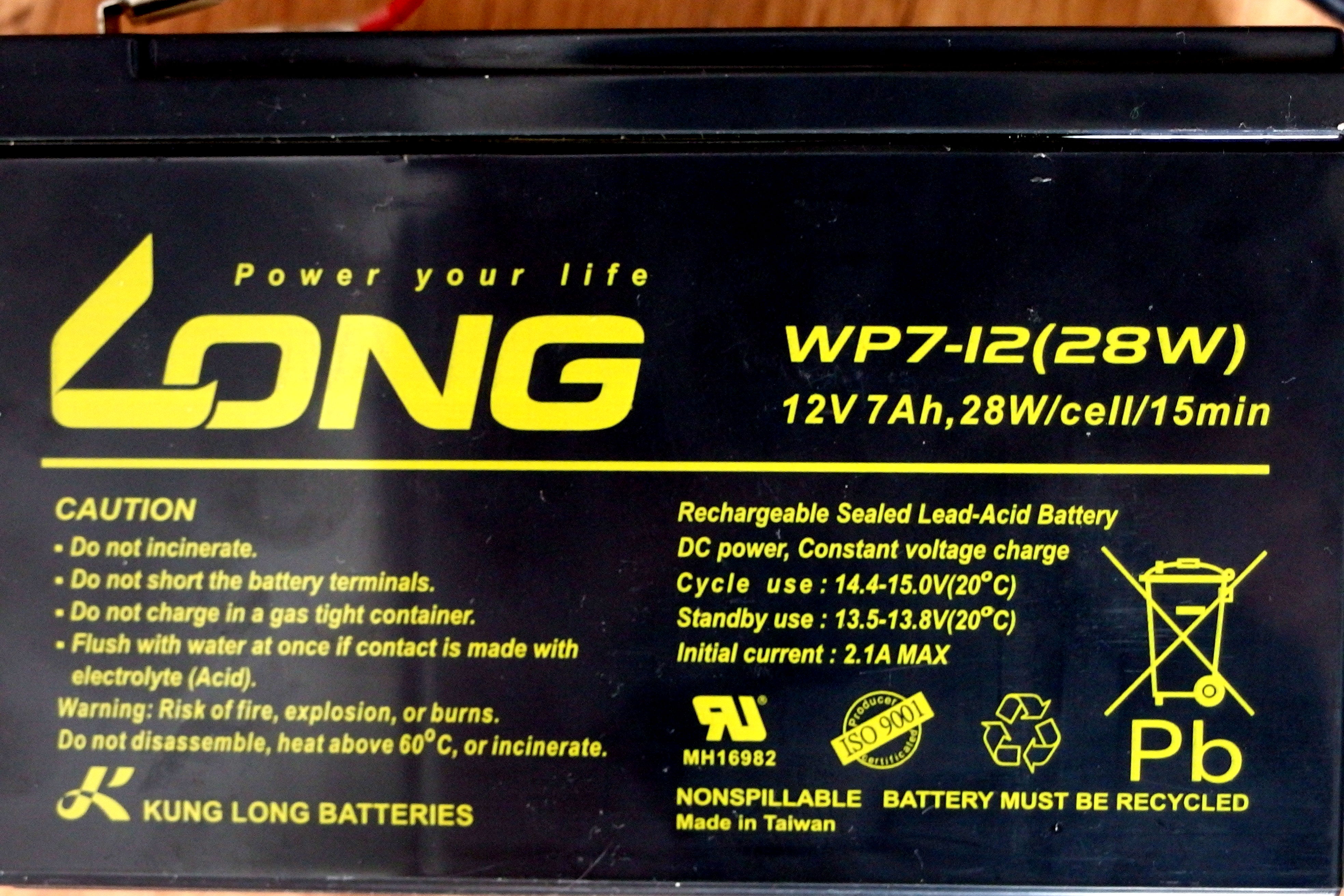5V UPS for Raspberry Pi: Difference between revisions
| Line 17: | Line 17: | ||
Although it initially seems that using Li-On batteries would be a great idea it turned out as a terrible idea. Main problem with Li-On batteries are that you need high current UPS device which I was unable to find out on the market (all devices are able to provide 1A current at most). So you would need to make your UPS completely yourself from one AC-DC converter (you will probably not be able to find 3.7V converter on the market so you will need to use AC-DC converter and than DC-DC converter), you also need a charger and step-up DC-DC converter to 5V volts. Li-On batteries also has an issue with exposiveness if you connect anything wrongly not mentioning relatively high price of them. | Although it initially seems that using Li-On batteries would be a great idea it turned out as a terrible idea. Main problem with Li-On batteries are that you need high current UPS device which I was unable to find out on the market (all devices are able to provide 1A current at most). So you would need to make your UPS completely yourself from one AC-DC converter (you will probably not be able to find 3.7V converter on the market so you will need to use AC-DC converter and than DC-DC converter), you also need a charger and step-up DC-DC converter to 5V volts. Li-On batteries also has an issue with exposiveness if you connect anything wrongly not mentioning relatively high price of them. | ||
So because Li-On batteries are expansive and neccesary devices are not on the market (that means you would have to build them yourself) I recommend usage of cheap Lead-Acid batteries. It is not difficult to buy your Lead-Acid battery in any hobby market for fraction of the price of | So because Li-On batteries are expansive and neccesary devices are not on the market (that means you would have to build them yourself) I recommend usage of cheap Lead-Acid batteries. It is not difficult to buy your Lead-Acid battery in any hobby market for fraction of the price of Li-On battery (e.g. I bought in local store 12Volts 7Ah Lead-Acid battery for 15 USD). If you compare capacity of Lead-Acid and Li-On batteries please bear in mind they have different voltage. So If you get Li-On battery with 10,000mAh on 3.7V in the end on 5V you will get approximately 5,000mAh. But if you get a Lead-Acid battery with 7,000mAh on 12V in the end on 5V you will get 14,000mAh. So triple capacity at one third price. | ||
If you need some more info about Lead-Acid batteries please read [http://en.wikipedia.org/wiki/Lead%E2%80%93acid_battery Wikipedia article Lead–acid battery] | If you need some more info about Lead-Acid batteries please read [http://en.wikipedia.org/wiki/Lead%E2%80%93acid_battery Wikipedia article Lead–acid battery] | ||
Revision as of 08:14, 14 September 2014
Why not to use Powerbanks

Using power banks as a cheap UPS might seems as good idea because they are widely available and more expensive ones (around 20USD) provide enough power not only for Raspberry Pi but also for tablets and other devices. Main issue with power banks (I tried Xiaomi MI 10,000 mAh) is that they contain just one DC-DC power converter so you can either charge them or discharge them. With my power bank when I disconnected power supply from power bank suddenly resetted and stopped providing power for nearly 5 seconds so my Raspberry Pi went down. Not only that. I was suspicious that when powering output power bank was not charging itself properly.
Also there is an issue with capacity. Capacity 10,000mAh means capacity of LiPol 3.7Volts battery inside power bank. After DC-DC converting you will get capacity around half - 5,000mAh for 5Volts output. If your RPi is just with all accessories is just taking out 500mA per hour this power bank will last for 10 hours maximum which is not in all scenarios (e.g. security, automation systems) enough.
USB current and USB cables

Firstly you should be aware of this. By specification USB 2.0 is able to provide only 500mA current but some devices (including RaspberryPi) might need more. For example RaspberryPi model B+ needs 700mA for itself + connected devices, total up to 2,000mA. Some tablets needs 2A and new Apple iPad needs if my information is correct 3A.
Unfortunately not all power supplies and power banks are able to provide that much power. You can buy some cheap UPS for 500mA from Adafruit (e.g. PowerBoost 500 Charger - Rechargeable 5V Lipo USB Boost) but they won't be able to provide enough current for your RaspberryPi with all accesories which might use as much as 2A. Not only that - some cables has high impedance and are unable to transfer enough power for your device. For example devices with Belkin USB cable was charging only 400mA while with Samsung USB cable I was able to achieve charging speed up to 1,000mA with same charger.
How much current do you need?

It is sometimes difficult to determine how much current is your device using and how much current do you need. Of course you can use multimeter but in case you do not want to buy two USB connectors and connect multimeter between them for example using breadboard I would recommend you using ready to use solution called CHARGER Doctor. You can buy it from China on E-Bay for approximately 2 USD including WorldWide shipping from many suppliers.
Possible solutions for UPS / Battery types

Although it initially seems that using Li-On batteries would be a great idea it turned out as a terrible idea. Main problem with Li-On batteries are that you need high current UPS device which I was unable to find out on the market (all devices are able to provide 1A current at most). So you would need to make your UPS completely yourself from one AC-DC converter (you will probably not be able to find 3.7V converter on the market so you will need to use AC-DC converter and than DC-DC converter), you also need a charger and step-up DC-DC converter to 5V volts. Li-On batteries also has an issue with exposiveness if you connect anything wrongly not mentioning relatively high price of them.
So because Li-On batteries are expansive and neccesary devices are not on the market (that means you would have to build them yourself) I recommend usage of cheap Lead-Acid batteries. It is not difficult to buy your Lead-Acid battery in any hobby market for fraction of the price of Li-On battery (e.g. I bought in local store 12Volts 7Ah Lead-Acid battery for 15 USD). If you compare capacity of Lead-Acid and Li-On batteries please bear in mind they have different voltage. So If you get Li-On battery with 10,000mAh on 3.7V in the end on 5V you will get approximately 5,000mAh. But if you get a Lead-Acid battery with 7,000mAh on 12V in the end on 5V you will get 14,000mAh. So triple capacity at one third price.
If you need some more info about Lead-Acid batteries please read Wikipedia article Lead–acid battery